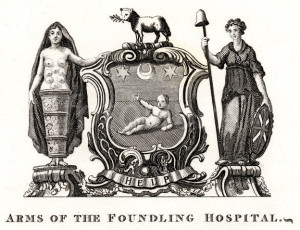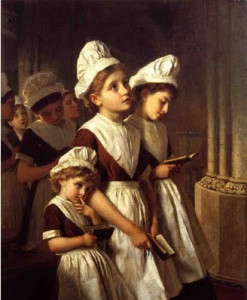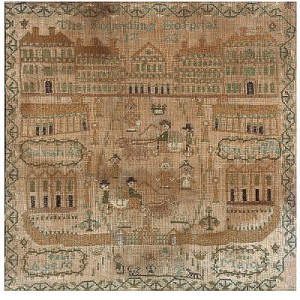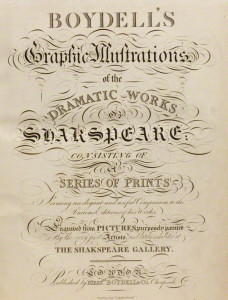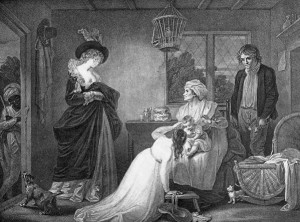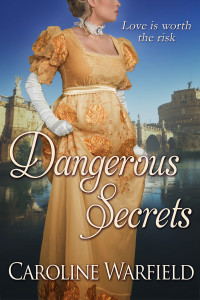Welcome Miranda Neville to the Riskies! She’s giving away two copies of her novella P.S. I Love You. See below on how to enter.
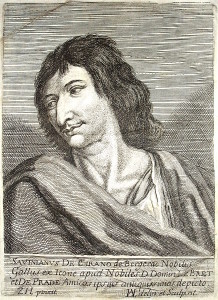 Borrowing from history, myth, fairy tale, or other authors’ works is a time-honored tradition. The Greeks and Romans did it. Shakespeare did. And I have done it.
Borrowing from history, myth, fairy tale, or other authors’ works is a time-honored tradition. The Greeks and Romans did it. Shakespeare did. And I have done it.
Cyrano de Bergerac was a seventeenth century French soldier and writer. Judging by the portrait shown here he did, indeed, have a big nose. He is best known through the 1897 drama by Edmond Rostand. The love story in the play is invented, though based on real people.
In case you need reminding, Cyrano loves Roxane but believes he his so ugly she can never love him. She confides that she loves Christian. Christian, his handsome BFF, is bit of a boob and quite inarticulate. Expected to woo his lady by letters, he had Cyrano write them for him. Roxane falls in love with the letters and marries Christian, though she has found his conversation a little disappointing in the flesh. When the latter is killed in battle Cyrano doesn’t tell the truth but preserves the memory of his friend in Roxane’s heart. Only on his deathbed does her reveal that he was the author of the letters and thus the man she loves.
The play has been translated, revived, and filmed numerous times. Roxanne (with Steve Martin and Daryl Hannah) and The Truth About Cats and Dogs are movies based on the plot. According to Wikipedia the story has been adapted as an Indian musical, a porn movie, and numerous other iterations.
 I therefore make no apology for appropriating Cyrano for my novella P.S. I Love You, part of a quartet of connected stories in At the Duke’s Wedding with Caroline Linden, Maya Rodale, and Katharine Ashe.
I therefore make no apology for appropriating Cyrano for my novella P.S. I Love You, part of a quartet of connected stories in At the Duke’s Wedding with Caroline Linden, Maya Rodale, and Katharine Ashe.
The thing that always annoyed me about the original story is that Cyrano and Christian are so bound up in their bromance it never occurs to them that Roxane deserves to know the truth and make up her own mind which man she prefers. (Mind you, Rostand’s heroine is a bit drippy. Sign of the times, perhaps.)
In my Regency version the protagonist is the badly scarred Christian, Earl of Bruton (Cyrano not being a likely name for an English aristocrat), Christian became Frank (secondary character name), and Roxane was Anglicized to Rosanne.
Handsome, dumb Frank fell for Rosanne at a hunting party and received permission from her father to write to her. Panic-stricken, he has his cynical cousin Christian dictate the letters. Rosanne and Christian fall in love through correspondence and they all meet at a ducal house party where complications ensue. Where I depart from the original is the way Rosanne, smart girl, figures out the deception and takes control.
What are your favorite romances that steal from the classics? Do you know of another romance version of Cyrano de Bergerac? I feel sure mine was not the first.
You may read an excerpt from P.S. I Love You here. The novella is currently 99ç at Amazon, Nook, iBooks and Kobo. 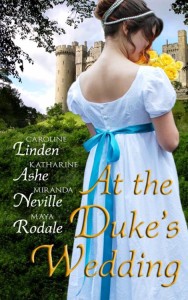 The full anthology At the Duke’s Wedding (which I highly recommend: the other stories are great) is at the same retailers. (Amazon, Nook, iBooks and Kobo)
The full anthology At the Duke’s Wedding (which I highly recommend: the other stories are great) is at the same retailers. (Amazon, Nook, iBooks and Kobo)
Miranda Neville is the author of nine Regency historical romances and several novellas. Her next book is Christmas in Duke Street with Grace Burrowes, Carolyn Jewel, and Shana Galen, coming in October. Website • Facebook • Twitter
a Rafflecopter giveaway


